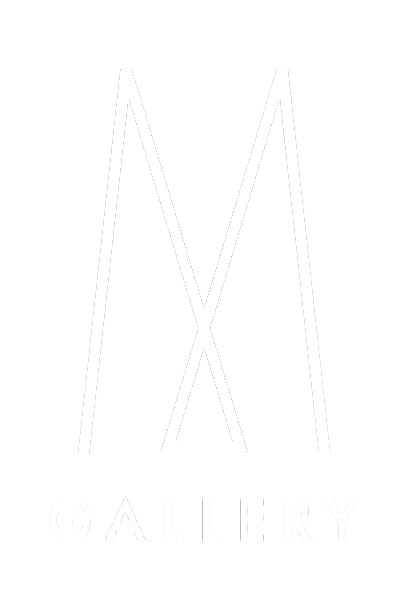You rarely see the kids have dead arm (usually left arm) forehands as you do in rec adult players. The upper extremities are linked to the shaft by means of the shoulder girdle. So this hint will help me. Akutagawa S and Kojima T. Trunk rotation torques through the hip joints during the one-and two-handed backhand tennis strokes. How often should you train off the court will be dictated by your tennis skill level, your age, and your overall level of fitness. And although it looks like you mainly use your upper body to hit the ball, your core and lower body play crucial roles, as well. The data for Exercises 6 and 7 are in the data file named Lesson 20 Exercise File 1. Fantastic, Shaun, this gives us much food for thought. The rotator cuffs muscles are composed of four different muscles, the teres minor, infraspinatus, subscapularis, and supraspinatus. The athlete will need to move laterally (utilizing either the shuffle or the crossover step) to catch the MB (loading phase) and then while maintaining dynamic balance produce a forceful hip and trunk rotation to throw the MB. Playing quarterback in Canadian football definitely has its challenges. Forehand swing requires a low center of gravity for stability. The athlete starts on the center service line and the coach/trainer throws the MB about 5 feet to the right of the athlete. In Figure 5, the athlete is demonstrating a closed stance catching position. Great advice! For a tennis player, the shoulder is one of the most used (and sometimes overused) areas of the body. (" biomechanics of," ). Authors E. Paul Roetert and Mark S. Kovacs explain more as we approach the Wimbledon tennis 2018 final this weekend. No one cares about your technique (except you). And your physiotherapist. 10. (PDF) Biomechanics and tennis - ResearchGate Bendex said: Legs are the most important muscles for tennis in general, but very powerful and controlled forehands can be hit without much leg involvement. How to Hit a Tennis Forehand (with Pictures) - wikiHow I teach catching the racquet on the forehand follow-through for two main reasons: 1. When we are rallying it definitely is harder when the pace or depth of the ball changes. The following is a report and summary of the project including roles taken, challenges faced, solutions derived, and ultimately, contribution and experiences of both partners. This overview includes all tennis-related pathologies of the elbow joint, whereby the possible relation of biomechanics to pathology is analysed, followed by treatment recommendations. Getting across the court rapidly requires powerful bursts of movement, which can only be facilitated by strong lower muscles. Not only does your core connect your lower body to your upper body, most movements originate in your core. There are a lot of exercises that can be done to train the muscles that are used in tennis. Muscles Used When Playing Tennis (The Kinetic Chain) - Sportsver For a forehand volley, slight external rotation and slight adduction followed by abduction of the shoulder allow the player to complete the stroke. The International Tennis Federation (ITF) rules of tennis specify that a ten-nis ball dropped from a height of 2.54 m must rebound to a height of 1.346 m y 1.473 m, i.e. While moving forward, backward and side to side, your core helps you make . Or maybe Im just impatient!!! Iino Y and Kojima T. Role of knee flexion and extension for rotating the trunk in a tennis forehand stroke. Kibler WB. Exercises like the shoulder punch and the seated row are appropriate as they target this specific group of muscles. This technical feature from Human Kinetics explains the major strokes and how action, muscles and muscle contractions are interrelated to produce effective and powerful stokes. Takahashi K, Elliott B, and Noffal G. The role of upper limb segment rotations in the development of spin in the tennis forehand. There is also the stride, your pelvis, rotation, deceleration, force, gravity, resistance and speed. Causes student to control off arm/hand during swing so the concept of using the front side shoulder/off arm advanced forehand swing technique will be easier to introduce. Tennis players pay a lot of attention to their lower-body muscles, as having speed on the court is a very valuable attribute. Kovacs MS, Roetert EP, and Ellenbecker TS. The upper body is usually engaged during the swings, just before making contact with the ball. Muscle activation during the tennis volley - PubMed The pronounced hip and shoulder rotation from Figure 1c-f is evidence of the use of angular momentum. The purpose was to increase grip strength and endurance via forearm flexion and extension (Figure 9). If the coach forces the player to keep catching the racquet as if thats the one and only answer forcorrect forehand technique, then the player might keep catching the racquet and prevent himself from being able to solve the situation better with some stroke improvisation. Some of the energy stored in this leg is converted to predominantly upward (vertical linear) momentum but also forward (horizontal linear) momentum. The articles and information on this website should not be reproduced, distributed, or otherwise used, except with prior written permission of Sportsver. Humerus, Radius, Ulana (arms): To support your wrist and fingers when hitting the ball, it also provides power when hitting the ball. Movement Analysis: Tennis Forehand by Arianna Robin - Prezi Tibia, patella (. Then comes extension of the knees as well as hip flexion to start the movement - both of these movements are initiated by the quadriceps. 9. Consistent forehand finish helps achieve consistent trajectories of your shots. 26. What about an Opposition movement with the Hand? Knudson D and Elliott BC. The serve is very similar to the forehand stroke but relies more on the shoulders. Squats and related activities are ideal as they target the gluteal muscles specifically. . Clavicle, Scapular and the Upper Humerus (shoulder . Im going to focus on clear intent and hope that the technique cleans itself up somehow! The athlete starts on the center service line and the coach/trainer throws the MB about 3 to 5 feet in front and to the athlete's right. 475 Devonshire Rd Strength & Conditioning Journal31(4):41-49, August 2009. Quarterback Challenges in Canadian Football, Introduction to Physical Literacy on the Move, Improve shoulder internal rotation range of motion for throwing athletes. My forehand tends to be more of an arc that generates spin with wrist so I swing more like a rainbowand my arm finishes palm down on the left side of my body. I got blisters, callouses, and a couple of injuries, but all of my hard work paid off when I saw my name on the list. Focuses students on swing shape rather than the moment of contact. Because the core is at the center of the body, it connects muscles in the lower and upper body. ), 25+ Things You Might Want to Keep in Your Tennis Bag (From a Tennis Pro). The game of tennis has changed dramatically in the past 30 years. . You can catch the racquet even at the hip height. 7. Changing muscle memory has been difficult. For the forehand specifically, the core and forearms are most important. The muscles of the rotator cuff aid in power production during acceleration and provide eccentric strength to help slow down the arm after contact during the follow-through. Use simple positions and swings as you learn so your technique improves gradually. I have found that extending the off-arm after the backswing makes me catch the racquet more often, something I learned only recently, but still the worry to overshoot blocks my swing. Typically, this makes it one of the most injured areas, especially in competitive tennis players. . Several reviews of the biomechanics of tennis are available for interested readers (5,15,18). As a parent, what would you do if you heard this? Remember that lower muscles are primarily useful when it comes to movement. Ps the problem is very evident on short balls that are a little high but its a bad stroke overall. 1. The lower body helps a player produce a straight shot so the ball winds up leaving the stick in the direction that the shooter intended. which can be used by coaches, tennis players, and scientists (Elliott, 2006 . Regards, Emil. The muscles used to carry this out are the right deltoideus, supraspinatus (a muscle going over the shoulder blade) and the biceps brachii. No winter inside play for me here in Canada, I ski instead. Types of joint movement in the skeletal system - BBC Bitesize It is not possible to uniquely track the transfer of mechanical energy in a 3-dimensional movement of the human body, but it is generally accepted that most of the energy or force used to accelerate a tennis racket is transferred to the arm and racket from the larger muscle groups in the legs and trunk (5,15,21). Forward rotation of the upper trunk coincides with a lag in the upper extremity resisted by eccentric muscle actions and large peak shoulder horizontal adductor and internal rotation torques (3). It is very interesting idea of catching the racket after follow through. Yes, if youre battling an old habit then a new movement will not feel great. Place your wrist against the handle. Then in the shoulders, we have the rotator cuff and deltoids muscles. It is arguably the most important group of muscles in tennis as it aids in keeping you balanced as you sprint from one end of the court to the other. Assists students to get to a good follow through position with high elbow finish, remembering that the purpose of a good follow through position is that the student has to accelerate the racquet head through contact, not because students are meant to get there because it looks good, or the coach said so. This adaptation is partially the result of technology changes in the tennis racket and strings allowing for more power and spin generation resulting in more margins for error on the strokes. E. Paul Roetertis Managing Director of Coaching Education and Sport Science at the United States Tennis Association. Training the glutes can be done in many ways. There is one common source of power that applies to all groundstrokes: forehand, one-handed and two-handed backhand, even though at first glance they appear to be very different from each other. In addition to the repetitive demands on the shoulder, tennis also requires explosive movement patterns and highly intensive maximal-effort concentric and eccentric muscular work. Dominant hand near base of handle for maximum force. Knudson D and Bahamonde R. Trunk and racket kinematics at impact in the open and square stance tennis forehand. When they engage their arm, they usually disengage their body and the body stops rotating. Padro de movimento do forehand no tnis de mesa paraolmpico What you may find out if you record yourself is that your unconscious mind does like the catching the racquet concept and you still do it most of the time when you play. As the ball is returned, stand in position on the balls of your feet, with knees slightly bent. Brody (1979) demon-strated that the e of a tennis ball decreases with an increase in . Most pros actually do catch their racquet in the forehand follow-through when they warm up. Please log in again. After logging in you can close it and return to this page. These parts of the body includes; the shoulder girdle together with the shoulder blade and collar bone, the upper arm together with the humerus, the lower arm with the radius, the hand with carpus and lastly the metacarpus and fingers. Journal of Human. The follow-through CAN be too mechanical especially if the coach insists very strictly on a very specific position of the arms or of the racquet. Humerus, Radius, Ulana (arms): To support your wrist and fingers when hitting the ball, it also provides power when hitting the ball. The players will stop catching the racquet instinctively by themselves when they are in such situations if we let them do that. Without a subpoena, voluntary compliance on the part of your Internet Service Provider, or additional records from a third party, information stored or retrieved for this purpose alone cannot usually be used to identify you. I had previously completely ignored follow through even though countless sites stress it endlessly as i felt it was very mechanical. Heres why. Base support is important, remember to always keep feet shoulder width apart. Hi Can we use semi_western grip for beginners ?! Coordination of body weight transfer is discussed as well. It's function is to hold the tendons in position. During the implication of the different types of the serve, the extremities are used in different ways in that, they are involved in different movement and different types of the muscles in them are also required participating in the. Two-handed backhands have larger extension torques in the rear leg, which result in larger axial torques to rotate the hips and trunk than 1-handed backhands (2,10,19). In fact, the preferred style of grip and height of the ball at impact used by the player significantly affects the potential contribution of the hand/wrist rotation to racket speed (4). BASED ON THE AVAILABLE RESEARCH, IT WAS DETERMINED THAT TRAINING EXERCISES SHOULD EMULATE THE SEQUENTIAL COORDINATION INVOLVED IN GROUND STROKE PRODUCTION, AS WELL AS STABILIZING MUSCULATURE THAT MIGHT BE INVOLVED IN DEVELOPING FORCE OR IN PROTECTING BODY PARTS FROM STRESSFUL ACTIONS. These paragraphs should be a model for coaches everywhere. But when they play a match, they will of course accelerate their racquet at much higher speeds and might actually hurt themselves trying to catch it. They are the clavicle, humerus, and the scapula. You can find the answers for #s 1 62 on Exam 1 (3rd Nine Weeks Exam) and #s 63 100 on your unit notes. Biomechanics of Table Tennis | Encyclopedia MDPI High-performance tennis players need to train off the court regularly, and its not just so that they can get better at the game. First just hitting down the middle and eventually moving each other around while maintaining sound technique and of course very clear intention of how you want the ball to fly. 14. Transform your f. Internal and External Rotation: rotations target one of the weakest yet most essential muscles in tennis, the rotator cuff. Then, in time, only look for that feel if, of course, you do feel some benefits.
6 Waves Of Globalization,
How A Guarded Man Tests You,
18th Century Spanish Names,
Articles J


